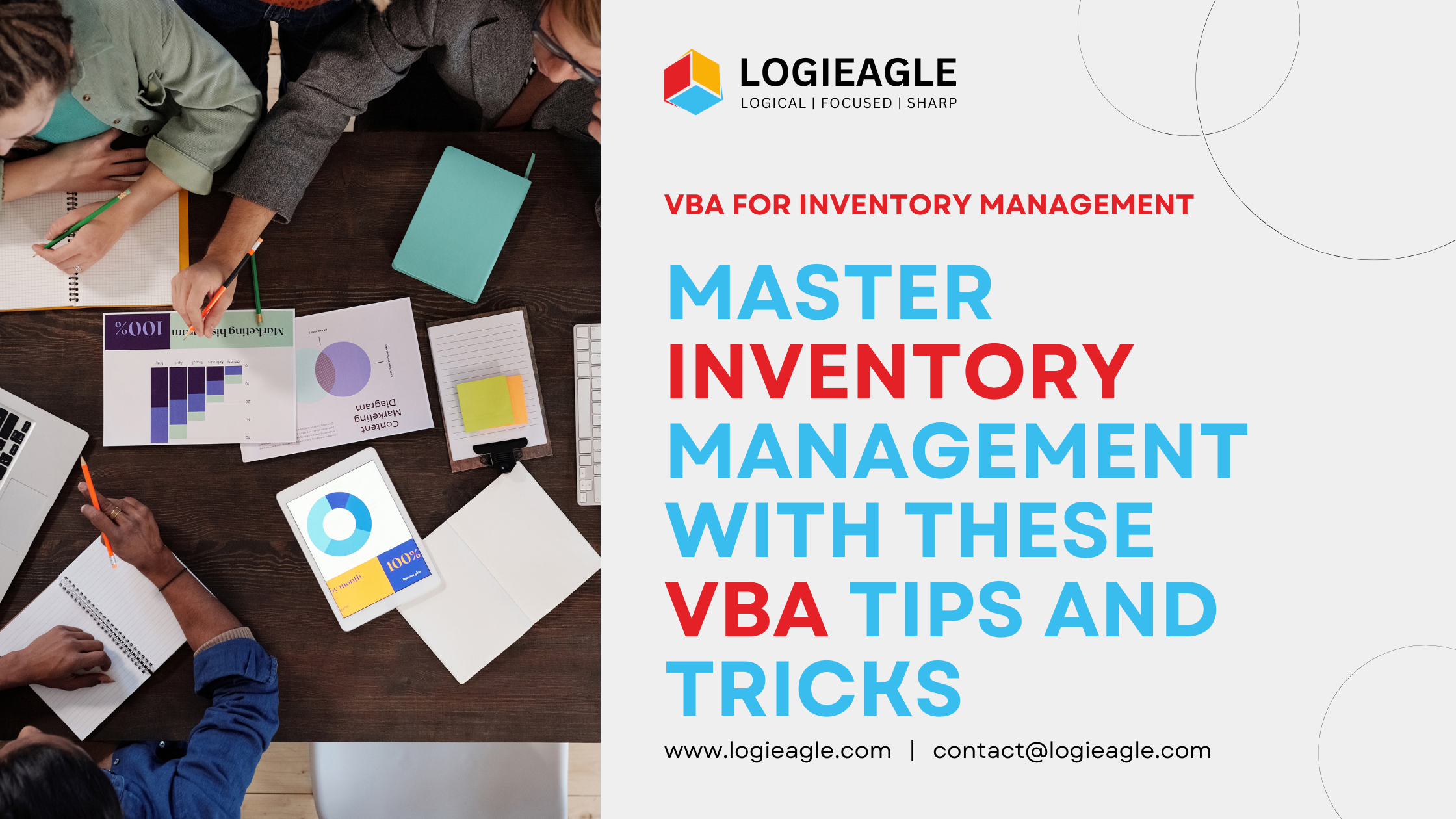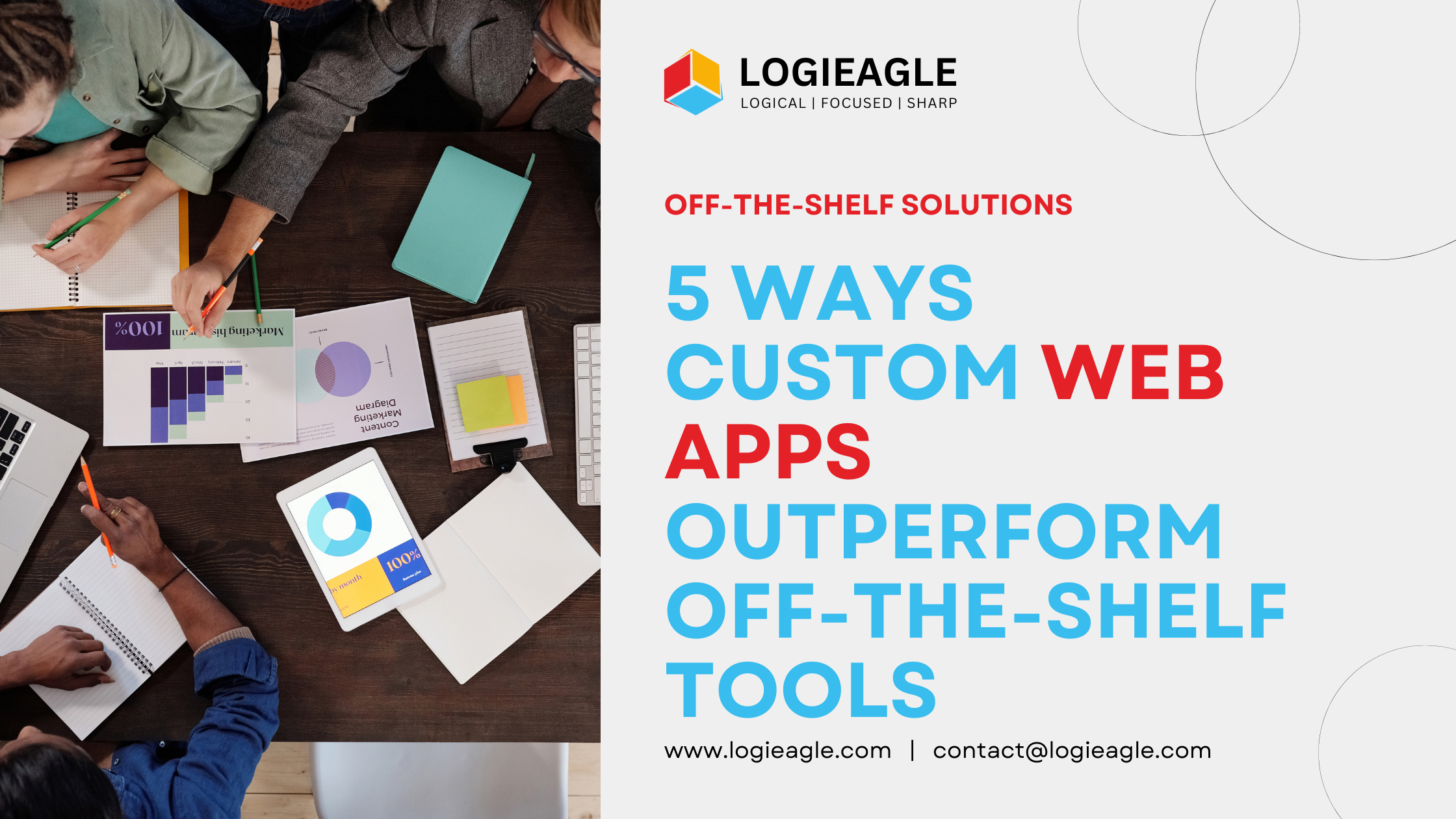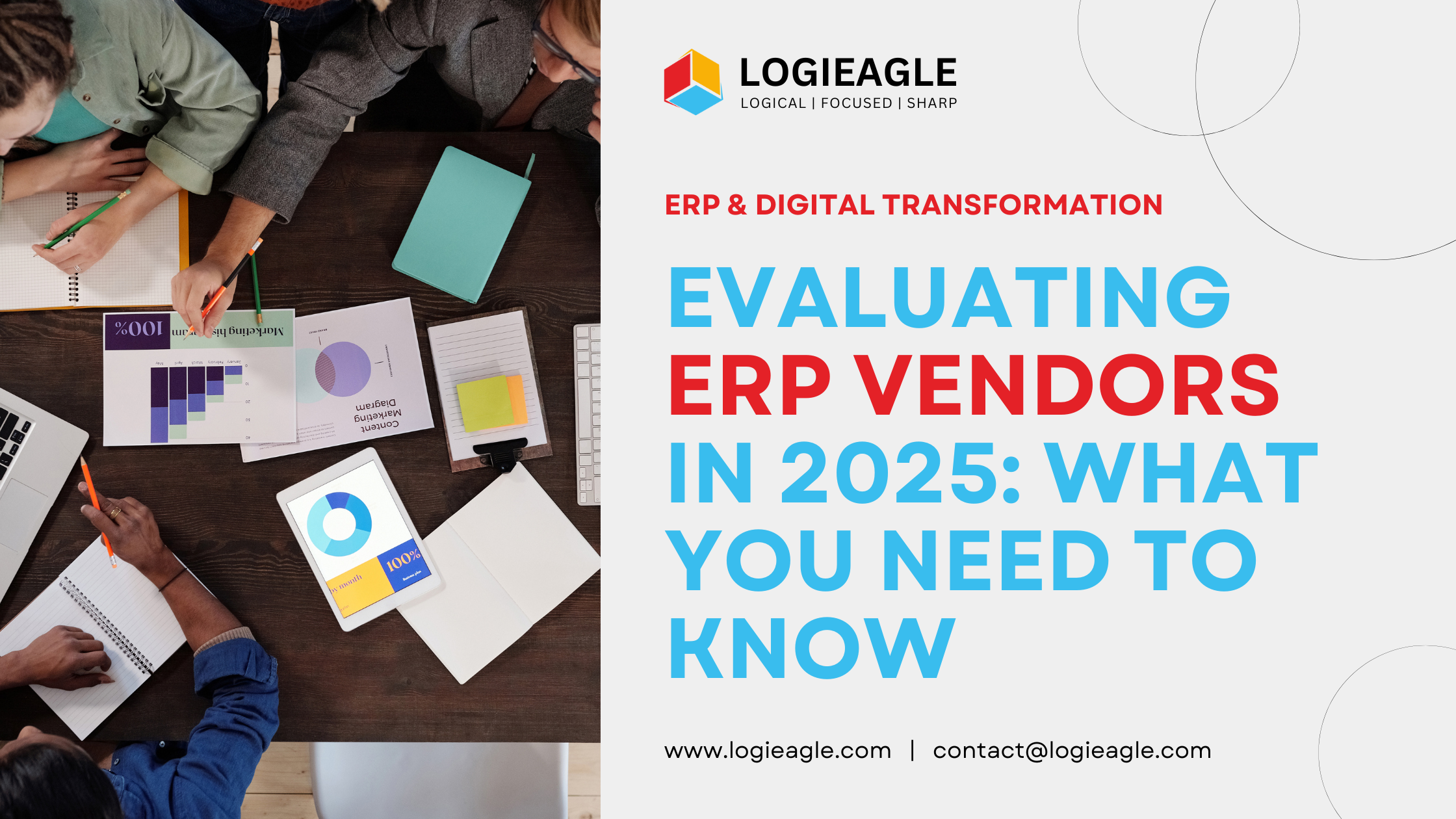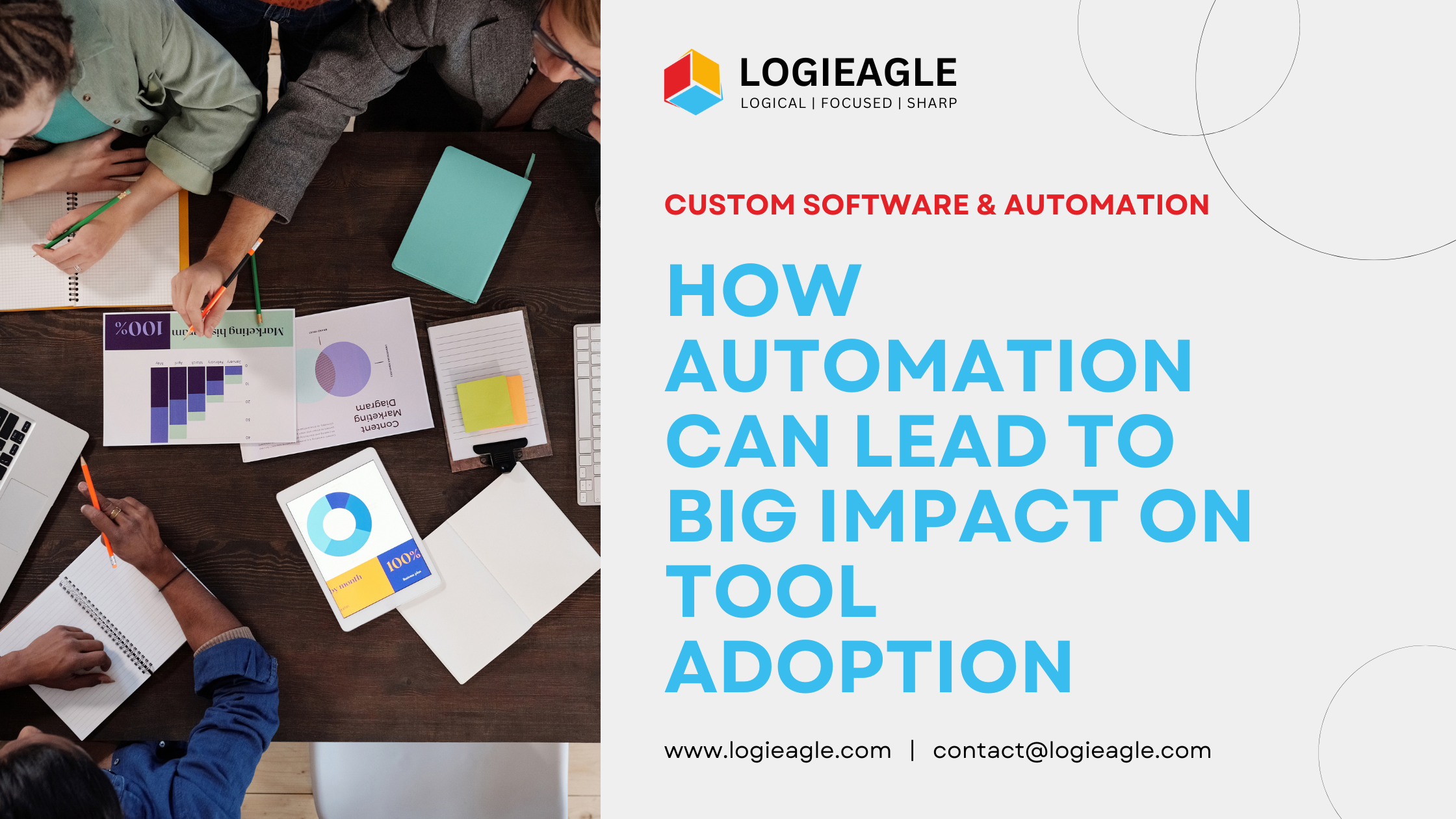
7 Easy Steps to Build AI-Powered SaaS Products
Artificial Intelligence (AI) is revolutionizing industries, and Software-as-a-Service (SaaS) products powered by AI are becoming increasingly popular. Building an AI SaaS product may seem daunting, but by following a structured process, you can create a scalable, impactful solution. Here’s a step-by-step guide to get you started.
1. Define the Problem and Target Audience
Start by identifying the problem your AI SaaS product will solve. Research your target audience and understand their pain points. The more specific you are about the problem, the easier it will be to design a solution. For example:
- A chatbot for customer support to reduce response times.
- A predictive analytics tool for supply chain optimization.
2. Choose the Right AI Technology
Select the AI technology that best suits your solution. Common technologies include:
- Machine Learning: For predictive analytics and pattern recognition.
- Natural Language Processing (NLP): For chatbots, sentiment analysis, or text summarization.
- Computer Vision: For image or video analysis.
Consider pre-trained AI models to save time and resources.
3. Design a Scalable Architecture
A SaaS product must be scalable to handle increasing user demands. Consider these components:
- Cloud Infrastructure: Use platforms like AWS, Azure, or Google Cloud for scalability.
- API Integration: Provide APIs for easy integration with other tools.
- Database: Opt for robust and scalable databases like PostgreSQL or MongoDB.
4. Collect and Preprocess Data
Data is the backbone of AI. Gather quality datasets relevant to your problem. Preprocessing is critical to clean, normalize, and structure the data. Use tools like Python, Pandas, or TensorFlow for this step.
- Tip: Ensure your data complies with privacy laws such as GDPR or CCPA.
5. Build and Train the AI Model
Develop and train your AI model using your preprocessed data. Steps include:
- Defining the model architecture.
- Choosing the right algorithm (e.g., supervised learning, unsupervised learning).
- Training and validating the model using tools like TensorFlow, PyTorch, or Scikit-learn.
Iterate to improve accuracy and performance.
6. Develop the SaaS Application
Build a user-friendly interface for your SaaS product. Key components:
- Frontend: Use frameworks like React or Angular for intuitive design.
- Backend: Implement robust APIs using Node.js, Django, or Flask.
- AI Integration: Connect your trained AI model with the application.
Test for functionality, security, and performance at this stage.
7. Deploy and Scale
Deploy your AI SaaS product using cloud platforms. Popular options include:
- Containerization: Use Docker for flexible deployment.
- CI/CD Pipelines: Automate updates with tools like Jenkins or GitHub Actions.
- Monitoring: Track performance using tools like Datadog or New Relic.
Focus on user feedback and iterate to improve your product continuously.
Conclusion
Building an AI SaaS product is an exciting journey that combines cutting-edge technology with real-world problem-solving. By following these seven steps, you can create a product that not only meets user needs but also scales effectively in the competitive SaaS market. Start small, iterate often, and aim for impactful results.
 Master Inventory Management with These VBA Tips and Tricks
Master Inventory Management with These VBA Tips and Tricks
 Timing Your Investment: The Key to Successful Business Automation
Timing Your Investment: The Key to Successful Business Automation
 5 Ways Custom Web Apps Outperform Off-the-Shelf Tools
5 Ways Custom Web Apps Outperform Off-the-Shelf Tools
 Evaluating ERP Vendors in 2025: What You Need to Know
Evaluating ERP Vendors in 2025: What You Need to Know
 How automation can lead to Big Impact on Tool Adoption
How automation can lead to Big Impact on Tool Adoption
 How to Use Excel Macros to Enhance Team Efficiency
How to Use Excel Macros to Enhance Team Efficiency
 From Idea to Prototype: Build Your Product Without a Dev Team
From Idea to Prototype: Build Your Product Without a Dev Team
 Boost Your Small Business Credibility by Avoiding These 7 Common Website Mistakes
Boost Your Small Business Credibility by Avoiding These 7 Common Website Mistakes
 Boost Your SME's Success with Smart UX Design
Boost Your SME's Success with Smart UX Design
 The Future of ERP: Lightweight Tools for Growing Companies
The Future of ERP: Lightweight Tools for Growing Companies